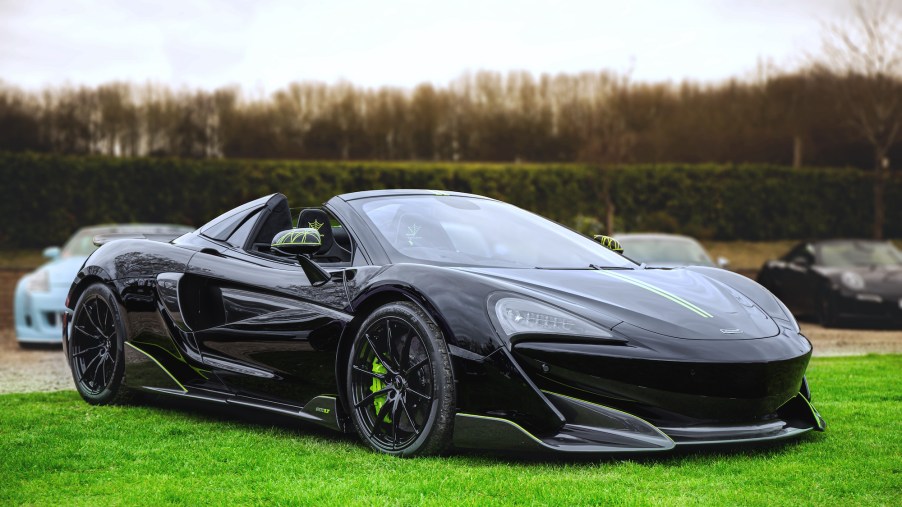
Your Car’s Color Could Be Dangerous
Studies have shown many external factors can make driving more hazardous. Wearing the wrong shoes can put you at risk for accidents, and some highways can raise your stress levels. Police could also ticket you if your car is a certain color. But does paint color really affect a car’s safety?
Indeed, a recent Monash study shows that any car painted black is statistically more dangerous than others. Black is still one of the most popular shades, especially for sports cars. Where do other colors stand in terms of safety?
The most dangerous car colors
A black car is 12 percent likelier to get into an accident than cars of other colors. You might think this is because black cars are more difficult to see at night. However, the study concludes that a car’s color is even less distinguishable after dark, especially with headlights illuminated.
Gray and silver cars also had increased chances of being involved in collisions, along with blue and red. All of these colors don’t contrast well enough with the road and general outdoor environment. For example, it’s easier for a gray car to conceal itself in foggy weather, making it invisible in dimly lit conditions.
Kelley Blue Book also recommends avoiding some paint colors because they’re more difficult to keep clean. Dirt splashes tend to stand out on black, blue, and white cars, though white can conceal swirl marks. Gray and silver are the most low-maintenance colors, along with brighter shades like orange and green.
Your car’s paint color also might make it likelier to get stolen. Orange Corvette C8 Stingrays are considered more valuable because that was the year the color debuted. KBB also points out that less popular shades, like greens and browns, lower a vehicle’s resale value.
Car colors considered ‘safe’
The Monash study dictates that white cars are the safest to drive, followed by cream, beige and yellow shades. White was determined to have the most contrast to its surroundings, but yellow was also high on the list. This could be why it’s the color that adorns attention-grabbing taxis in crowded cities.
Like white cars, stains are also more visible on a yellow backdrop, especially mud splashes. Shades of gold and copper struggle to hide imperfections because of their shinier finishes. A car painted in beige or brown is probably the best choice in terms of balancing safety and cleanliness.
The most popular shades
KBB reports that white is the most popular color in every segment except sports cars and coupes, whose buyers prefer black. It still took second place in every class except trucks, where it came in third place. Silver and gray are also popular, with brighter shades in the middle and earthier tones at the bottom.
Dark seltzer, a deeper shade of gray, is predicted to receive high demand this year. Blue and red cars are also expected to rise in popularity, especially with endorsements from influential people like Elon Musk.
Does color really matter?
As Reader’s Digest affirms, 12 percent is only a small margin and shouldn’t heavily influence your decision when selecting your vehicle’s paint color. Even a white car can get into an accident if the roads are hazardous, especially in the middle of a snowstorm. This is especially true if the driver is making aggressive or illegal maneuvers.
Other factors to consider include a vehicle’s crash test scores and general reliability. Abundant safety features can’t prevent accidents 100 percent of the time, but they make such events less likely.



